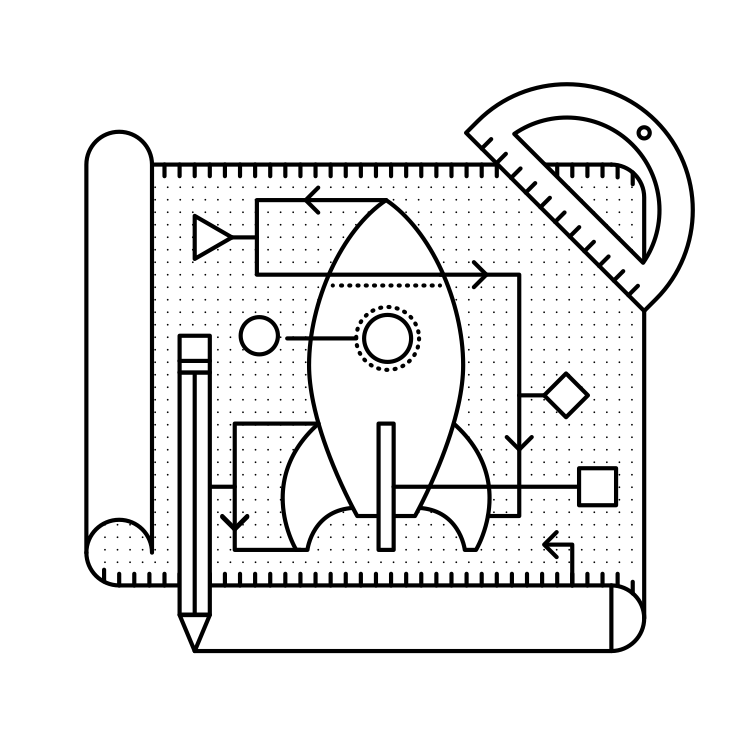共计 4237 个字符,预计需要花费 11 分钟才能阅读完成。
Blueprints

先备份下这篇文章,这篇文章解释了我当前web app架构的疑惑,算是对flask又有了一点了解
What is a blueprint?
A blueprint defines a collection of views, templates, static files and other elements that can be applied to an application. For example, let’s imagine that we have a blueprint for an admin panel. This blueprint would define the views for routes like /admin/login and /admin/dashboard. It may also include the templates and static files that will be served on those routes. We can then use this blueprint to add an admin panel to our app, be it a social network for astronauts or a CRM for rocket salesmen.
Why would you use blueprints?
The killer use-case for blueprints is to organize our application into distinct components. For a Twitter-like microblog, we might have a blueprint for the website pages, e.g. index.html and about.html. Then we could have another for the logged-in dashboard where we show all of the latest posts and yet another for our administrator’s panel. Each distinct area of the site can be separated into distinct areas of the code as well. This lets us structure our app as several smaller “apps” that each do one thing.
Note
Read more about the benefits of using blueprints in “Why Blueprints” from the Flask docs.
Where do you put them?
Like everything with Flask, there are many ways that we can organize our app using blueprints. With blueprints, we can think of the choice as functional versus divisional (terms I’m borrowing from the business world).
Functional structure
With a functional structure, you organize the pieces of your app by what they do. Templates are grouped together in one directory, static files in another and views in a third.
|
|
With the exception of yourapp/views/__init__.py, each of the .py files in the yourapp/views/directory from this listing is a blueprint. In yourapp/__init__.py we would import those blueprints and register them on our Flask() object. We’ll look a little more at how this is implemented later in this chapter.
Note
At the time of writing this, the Flask website at http://flask.pocoo.org uses this structure. Take a look for yourself on GitHub.
Divisional
With the divisional structure, you organize the pieces of the application based on which part of the app they contribute to. All of the templates, views and static files for the admin panel go in one directory, and those for the user control panel go in another.
|
|
With a divisional structure like the app in this listing, each directory under yourapp/ is a separate blueprint. All of the blueprints are applied to the Flask() app in the top-level __init__.py
Which one is best?
The organizational structure you choose is largely a personal decision. The only difference is the way the hierarchy is represented – i.e. you can architect Flask apps with either methodology – so you should choose the one that makes sense to you.
If your app has largely independent pieces that only share things like models and configuration, divisional might be the way to go. An example might be a SaaS app that lets user’s build websites. You could have blueprints in “divisions” for the home page, the control panel, the user’s website, and the admin panel. These components may very well have completely different static files and layouts. If you’re considering spinning off your blueprints as extensions or using them for other projects, a divisional structure will be easier to work with.
On the other hand, if the components of your app flow together a little more, it might be better represented with a functional structure. An example of this would be Facebook. If Facebook used Flask, it might have blueprints for the static pages (i.e. signed-out home, register, about, etc.), the dashboard (i.e. the news feed), profiles (/robert/about and /robert/photos), settings (/settings/security and /settings/privacy) and many more. These components all share a general layout and styles, but each has its own layout as well. The following listing shows a heavily abridged version of what Facebook might look like it if were built with Flask.
|
|
The blueprints in facebook/views/ are little more than collec


